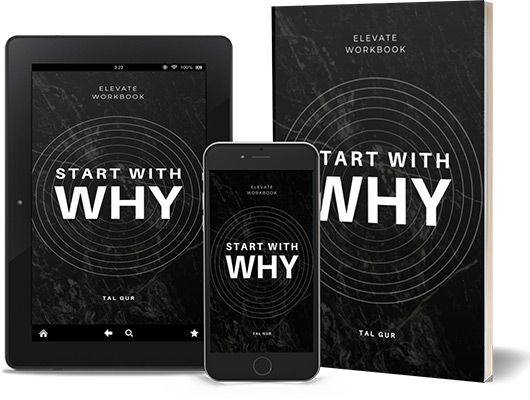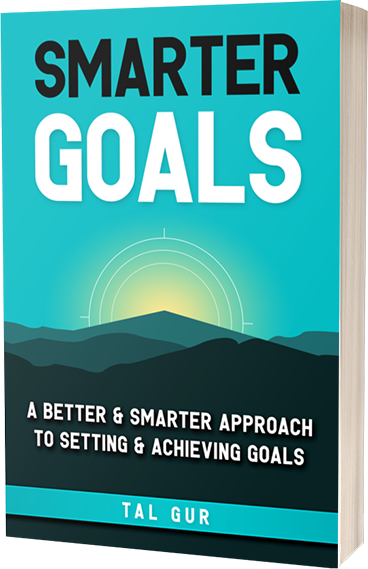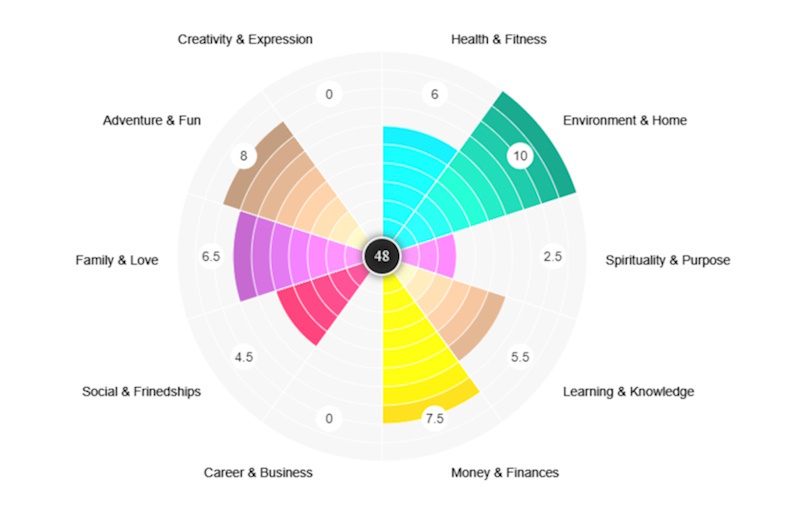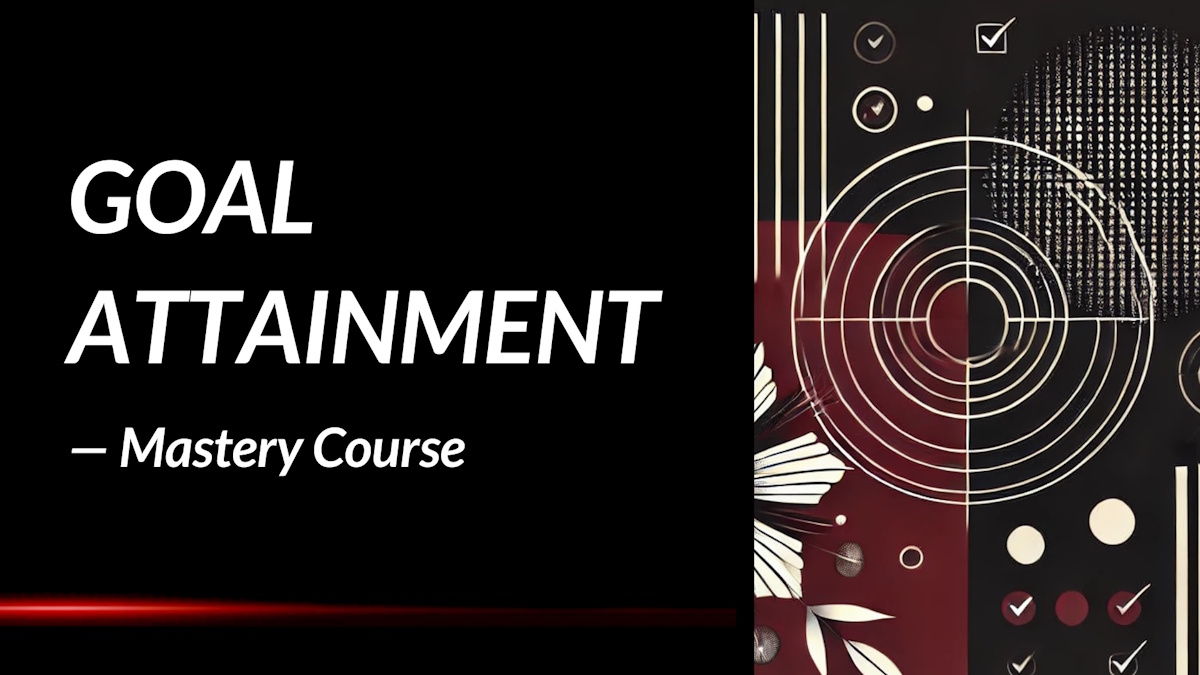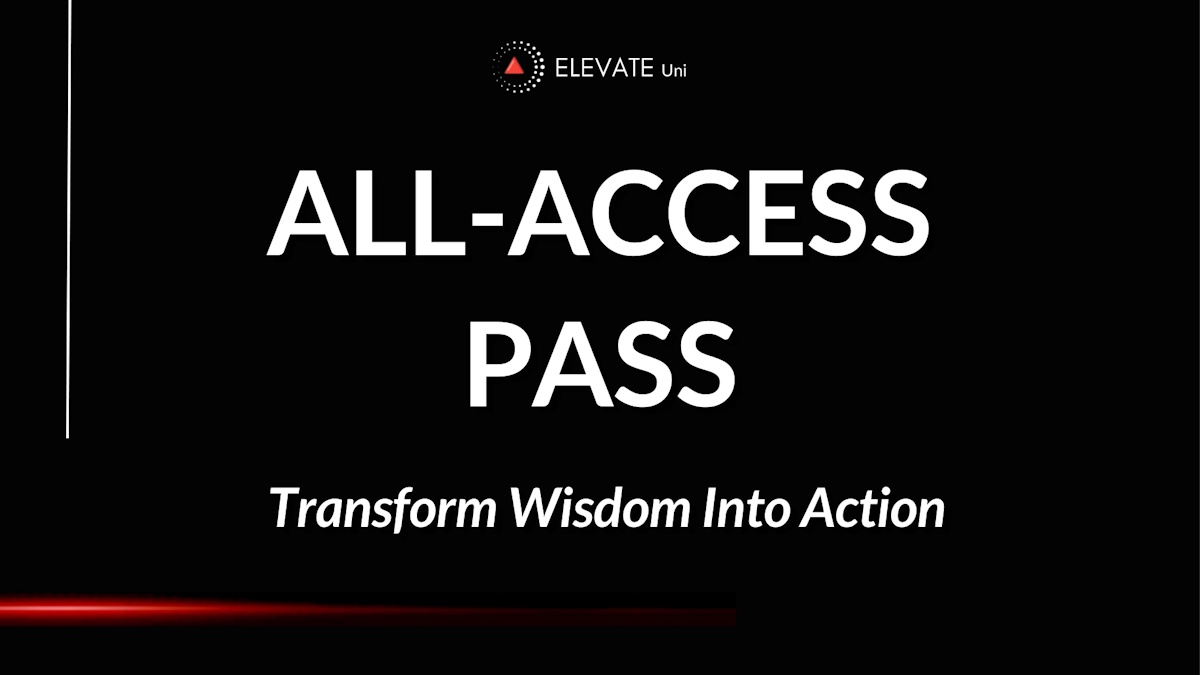Flip Thinking: Summary Review
What if the real breakthrough in problem-solving isn't about fixing what's wrong—but about flipping how we see the problem itself? In Flip Thinking: The Life-Changing Art of Turning Problems into Opportunities, Berthold Gunster introduces a refreshing mindset shift that empowers us to embrace challenges and reframe them into possibilities.
What is the Book About?
Flip Thinking is built around the Dutch concept of "omdenken," which translates to "flip thinking." Gunster invites readers to move away from the habitual "yes, but..." mindset that focuses on limitations and excuses, and instead adopt a "yes, and..." approach that embraces reality and builds upon it. Through this lens, problems aren't obstacles to be eliminated—they're facts to be accepted and transformed into opportunities. The book offers a practical guide to shifting our mental gears, encouraging us to stop resisting what is and start creating what could be.
Structured into three parts—The Luggage, The Journey, and Finally—the book first explores how we often mislabel facts as problems, then introduces 15 specific flip thinking strategies. These include techniques like "disrupting" (turning rules upside down), "flaunting" (highlighting what you'd usually hide), and "importing" (bringing the 'enemy' on board). Each strategy is illustrated with real-life examples, making the concepts relatable and actionable.
Book Details
Print length: 304 pages
Language: English
Publication date: September 5, 2023
Genre: Self-help / Personal Development
Book Author
Core Theme
At its heart, Flip Thinking challenges the reader to accept reality as it is, rather than as we wish it to be. Gunster argues that many of our frustrations stem from a refusal to accept facts, leading to a cycle of resistance and negativity. By embracing the "yes, and..." mindset, we can transform these facts into opportunities for growth and innovation. This approach is not about blind optimism but about practical acceptance and creative problem-solving.
The book emphasizes that problems are not inherently negative; it's our perception that labels them as such. By shifting our perspective, we can see challenges as catalysts for change. Gunster's strategies encourage readers to question their assumptions, embrace uncertainty, and find value in unexpected places. This philosophy has been praised for its applicability in various contexts, from personal relationships to professional environments.
Main Lessons
A few impactful summary lessons from Flip Thinking: The Life-Changing Art of Turning Problems into Opportunities:
1. Say Yes-And Instead of Yes-But to Life
Rather than resisting discomfort or unpleasant realities by saying “yes, but”—a reflex to avoid, fix, or deny problems—we unlock a more powerful approach by saying “yes, and.” This mindset starts with fully accepting life as it is, even the parts we can’t change, then choosing to build upon that foundation creatively. It’s a radical shift from treating problems as enemies to seeing them as neutral facts, and then using those facts to create new opportunities. Children naturally embody this; they don’t fight the rain, they dance in it. Embracing this dual process of accepting and creating is the essence of flip thinking and a path to psychological harmony.
2. Our Brain Defaults to Solving Instead of Reframing
Our brains are wired to jump to solutions the moment a problem appears, but this instinct can limit growth and creativity. Flip thinking invites us to override this reflex and consider alternatives that don’t necessarily “solve” the issue in traditional terms. For example, instead of masking baldness with a wig, someone might choose to embrace the bald look as part of their identity—turning what was once perceived as a flaw into a strength. Flip thinking doesn’t ignore the problem, but it transcends it, encouraging us to bend with reality rather than attempt to control it.
3. Solving the Unsolvable Can Worsen the Situation
Trying to fix what can’t be changed often leads to deeper frustration and unintended consequences. This is the trap of stuck thinking—a cycle where our efforts to eliminate the problem dig us in deeper, like spinning tires in mud. Whether it’s the yo-yo effect in dieting or the unintended consequences of overly strict parenting, insisting on control over what resists it often backfires. When a solution makes things worse or keeps you locked in frustration, it’s a sign to stop and reorient. The smarter move is to accept what can’t be changed and work creatively from there.
4. Every Problem Is a Clash Between Facts and Expectations
Problems don’t exist in isolation; they’re born from the conflict between reality and our expectations. What feels like a problem to one person—like days of rain—might be a blessing to someone else. The core insight is that we often misidentify facts as the problem, when it’s really our assumptions or hopes clashing with those facts that cause the tension. Recognizing this split grants us new power: we can change our expectations even when reality remains fixed, allowing us to reframe the situation and reduce the pain it causes.
5. Ask If the Problem Might Be the Intention
What if your current challenge isn’t just a nuisance but a meaningful nudge toward growth? By entertaining the idea that a problem has a hidden intention or purpose, we open the door to surprising insights and transformation. A relationship in crisis, for instance, might not signal its end but a deep need for reinvention. This provocative question challenges our rigid ideas about adversity, helping us see frustration not as a dead end but as unshaped desire—a sign that something within us is trying to evolve.
6. Acceptance Is the Gateway to Change
Accepting reality doesn’t mean giving up; it means grounding yourself in the truth of what is before attempting to move forward. This acceptance is not passive, but a powerful recalibration of focus—from obsessing over how things should be to working constructively with how they are. By meeting reality without judgment or resistance, we create space for new insights and action plans to emerge. Acceptance turns problems into canvases for innovation, not cages of limitation.
7. Observation Requires Challenging What You Think You Know
We rarely see reality as it is—we see it through the lens of our assumptions, biases, and experiences. Flip thinking demands a sharpening of our perception by observing more carefully and questioning what we take for granted. This might mean spotting overlooked details, seeking diverse viewpoints, or challenging the status quo. By cultivating curiosity and mental flexibility, we turn vague frustrations into clearly defined opportunities for change and creativity.
8. Instability and Resistance Can Be Sources of Strength
Just as muscles grow from resistance, our minds and systems become stronger when they’re stretched by difficulty. Flip thinking embraces antifragility—the idea that exposure to disorder can make us better. When we view setbacks as catalysts for learning, adaptation, and innovation, we stop fearing instability and start thriving on it. This mindset transforms failure into feedback and chaos into fuel for reinvention.
9. Interrupting Stuck Thinking Unlocks New Possibilities
When we approach problems with the same ineffective solutions, we trap ourselves in stuck thinking. Breaking this cycle starts with identifying and questioning the rigid mental patterns we follow. Whether it’s always blaming others, catastrophizing, or relying on outdated strategies, these habits block creativity. Flip thinking encourages experimentation, unconventional approaches, and mental freedom. Sometimes, progress isn’t about pushing harder—it’s about thinking differently.
10. Ask Four Questions to Flip Your Thinking
Before reacting to a challenge, flip thinking invites us to pause and ask: What exactly is the problem? Is it really a problem? Am I contributing to it? And, could the problem itself serve a purpose? These four questions bring clarity, reduce emotional reactivity, and help separate fact from interpretation. By using them as a compass, we avoid wasting energy on false problems and direct our efforts toward genuine transformation.
11. Choose the Right Strategy for the Right Challenge
Flip thinking isn’t a one-size-fits-all tactic—it’s a toolbox filled with diverse strategies depending on your situation. Some problems respond best to love strategies like patience and respect; others need work strategies like focus and perseverance. In tougher, more competitive scenarios, battle strategies such as collaboration or elimination may apply. And in creative situations, playful approaches like role reversal or disrupting the norm can unlock unexpected breakthroughs. The key is to match the strategy to the nature of the challenge.
12. Waiting Can Be a Creative Strategy
Sometimes, the smartest thing to do is nothing—at least for a while. Waiting doesn’t mean being passive; it means observing, listening, and letting things unfold naturally. Patience allows the dust to settle, ideas to incubate, and solutions to arise organically. Especially in emotionally charged or rapidly shifting situations, stepping back can open doors we didn’t even know were there. Flip thinking recognizes the power of strategic stillness.
13. Focus on What Works and Respect Others’ Views
Amplifying what already works is often more effective than fixing what doesn’t. Instead of getting bogged down in problems, flip thinking suggests we identify successful practices, replicate them, and build momentum around strengths. At the same time, it emphasizes respect for others’ perspectives, acknowledging that every problem involves multiple viewpoints. Acknowledging, listening, and incorporating these perspectives often leads to richer, more sustainable outcomes.
14. Small Steps and Rethinking Lead to Big Wins
Persistent effort combined with strategic thinking is a potent recipe for overcoming tough challenges. Flip thinking encourages us to break down big goals into smaller, doable tasks, learn from setbacks, and continuously refine our methods. It’s about marrying grit with reflection—staying committed while being flexible enough to shift tactics. This dual focus of perseverance and rethinking keeps us moving forward even when the path is unclear.
15. Make Allies Out of Former Adversaries
In situations where direct opposition fails, flip thinking recommends converting adversaries into collaborators. This could mean hiring a critic, forming a partnership with a competitor, or appealing to shared interests. By reframing conflict as a chance for alignment, we transform potential threats into sources of strength. Building alliances in unlikely places not only neutralizes resistance but often sparks fresh opportunities for growth.
16. Break Rules and Reframe Problems as Opportunities
Some of the most powerful transformations come when we stop playing by the old rules. Flip thinking invites us to disrupt the norm, flip roles, and laugh at what once felt overwhelming. By doing so, we give ourselves permission to imagine new realities and redefine the meaning of our problems. Humor, empathy, and unconventional thinking become tools to reframe setbacks into stepping stones and frustrations into fuel for innovation.
Key Takeaways
Key summary takeaways from the book:
- Adopt a "yes, and..." mindset to embrace reality and build upon it.
- Recognize that problems are often misidentified facts; acceptance is the first step to transformation.
- Utilize the 15 flip thinking strategies to approach challenges creatively.
- Understand that resistance to reality often leads to unnecessary suffering.
- Apply flip thinking principles across various aspects of life, including work, relationships, and personal growth.
Book Strengths
Flip Thinking excels in presenting complex psychological concepts in an accessible and engaging manner. Gunster's use of real-life examples and storytelling makes the strategies relatable and easy to implement. Readers have appreciated the book's practical approach to mindset shifts, noting its potential to inspire meaningful change in both personal and professional settings.
Who This Book Is For
This book is ideal for individuals seeking a fresh perspective on problem-solving and personal development. Whether you're navigating workplace challenges, personal relationships, or internal conflicts, Flip Thinking offers tools to reframe your approach and discover new possibilities.
Why Should You Read This Book?
If you're tired of feeling stuck or overwhelmed by life's challenges, Flip Thinking provides a roadmap to transform your mindset. Gunster's strategies empower you to see problems not as obstacles but as opportunities for growth. By adopting this approach, you can unlock creative solutions and foster resilience in the face of adversity.
Concluding Thoughts.
Flip Thinking is more than just a self-help book; it's a call to action to change how we perceive and interact with the world. Gunster's philosophy encourages us to embrace reality, challenge our assumptions, and find opportunity in the unexpected. By shifting our mindset, we can transform our lives in profound ways.
Whether you're a seasoned professional or someone seeking personal growth, Flip Thinking offers valuable insights and practical tools to navigate life's complexities. It's a compelling read that invites you to flip your thinking and, in doing so, flip your life.
→ Get the book on Amazon or discover more via the author's website or his podcast.
* The publisher and editor of this summary review made every effort to maintain information accuracy, including any published quotes, lessons, takeaways, or summary notes.
Chief Editor
 Tal Gur is an author, founder, and impact-driven entrepreneur at heart. After trading his daily grind for a life of his own daring design, he spent a decade pursuing 100 major life goals around the globe. His journey and most recent book, The Art of Fully Living, has led him to found Elevate Society.
Tal Gur is an author, founder, and impact-driven entrepreneur at heart. After trading his daily grind for a life of his own daring design, he spent a decade pursuing 100 major life goals around the globe. His journey and most recent book, The Art of Fully Living, has led him to found Elevate Society.



